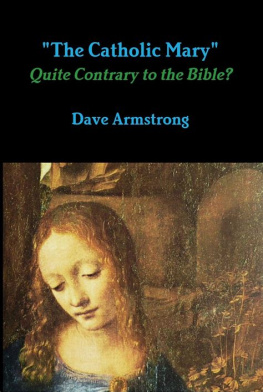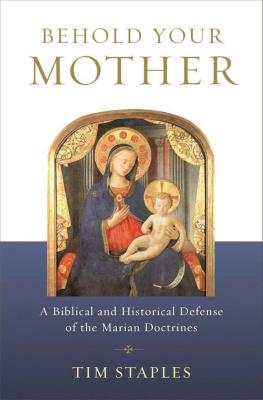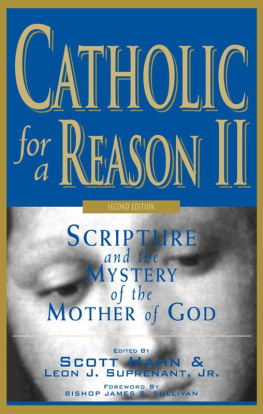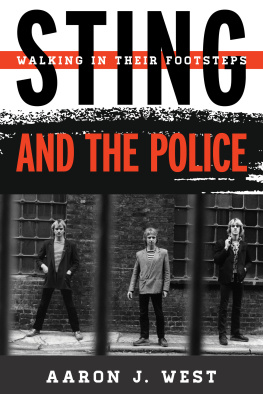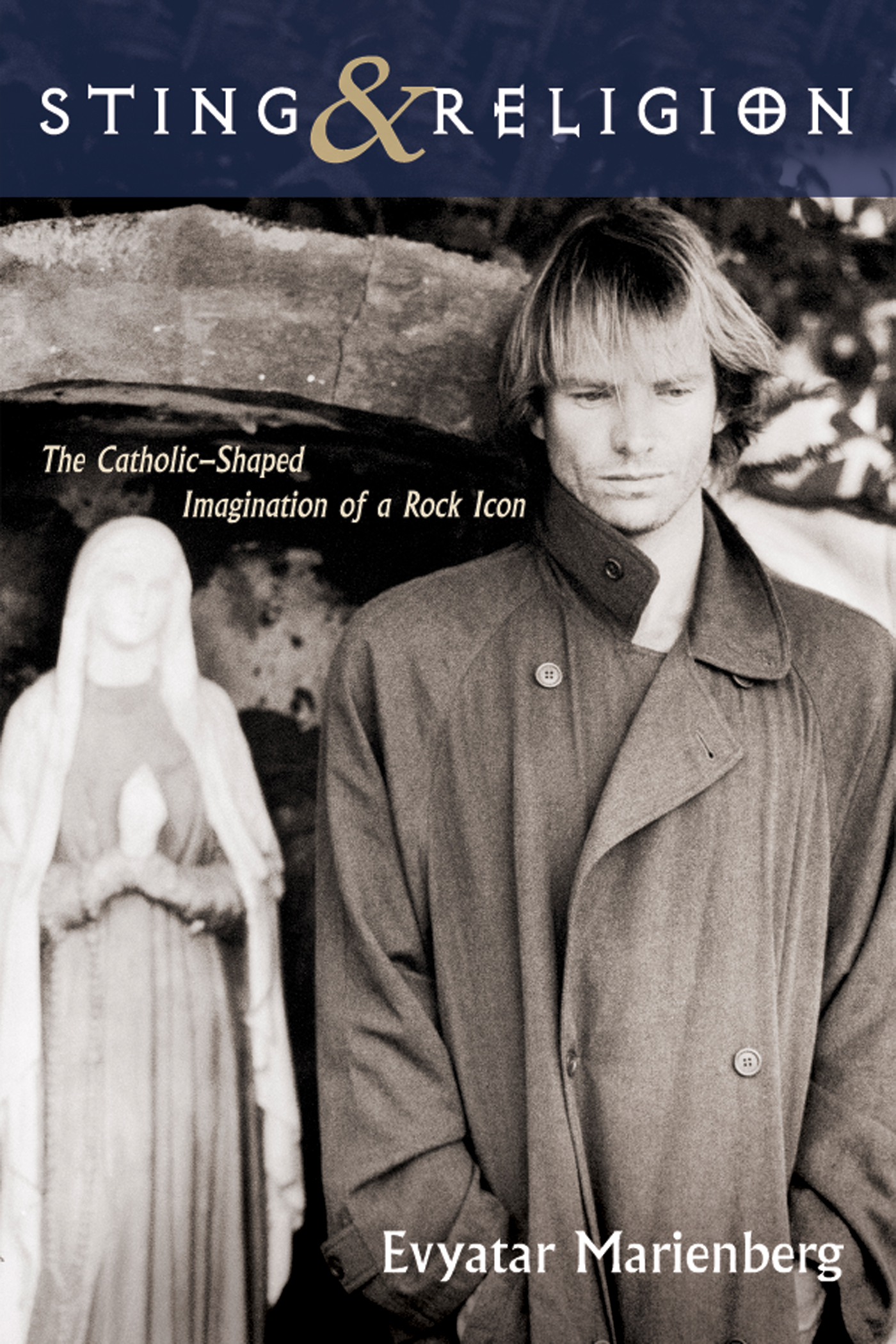Professor Marienberg here offers us his deep gaze into the religiously toned lyrics of one of the worlds most literate rock stars. It is a rich and rewarding tour de force that casts a fascinating light on Sting himself, as well as giving appropriate consideration to him as a modern metaphysical poet. More than this it moves into the formative context of his life and goes on to shine its searchlight on a lost age, telling how a blue-collar largely Irish immigrant church worked out an agenda of lifting up its cleverest folk into positions of leadership in wider post War society. A splendid achievement.
John A. McGuckin
Marienberg compellingly demonstrates the enduring centrality of Christian theological concepts pivoting on sin, salvation, (sacred) love, spiritual longing, and celestial beings within the artistic output of (lapsed) English Catholic Sting. Those interested in Catholic Studies will find within a case study of prayer, parochial life, and the power of the Catholic imagination before and after Vatican II and the profound religious transformations which have occurred in the Anglo-American cultural scene since the 1960s.
Based on detailed historical research and an extended interview with Sting himself, this book offers new understandings into how the Catholicism of Stings youth fueled his creativity. Marienberg offers a fascinating analysis of how the juxtaposition of Christian Scripture and Stings problematic relationship with the religiosity of his upbringing are embedded in his songwriting, offering the reader detailed insights into his worldview on not only Christianity, but also spirituality and religion more broadly. A must-read for Sting fans interested in understanding the underpinning creative impulses of this iconic artist and how his past continues to shape his future.
University of South Wales; author of Sting: From Northern Skies to Fields of Gold
Sting and Religion
The Catholic-Shaped Imagination of a Rock Icon
Evyatar Marienberg
Sting and Religion
The Catholic-Shaped Imagination of a Rock Icon
Copyright 2021 Evyatar Marienberg. All rights reserved. Except for brief quotations in critical publications or reviews, no part of this book may be reproduced in any manner without prior written permission from the publisher. Write: Permissions, Wipf and Stock Publishers, W. th Ave., Suite , Eugene, OR 97401 .
Cascade Books
An Imprint of Wipf and Stock Publishers
W. th Ave., Suite
Eugene, OR 97401
www.wipfandstock.com
paperback isbn: 978-1-7252-7226-2
hardcover isbn: 978-1-7252-7225-5
ebook isbn: 978-1-7252-7227-9
Cataloguing-in-Publication data:
Names: Marienberg, Evyatar, author.
Title: Sting and religion : the Catholic-shaped imagination of a rock icon / Evyatar Marienberg.
Description: Eugene, OR: Cascade Books, 2021 | Includes bibliographical references.
Identifiers: isbn 978-1-7252-7226-2 ( paperback ) | isbn 978-1-7252-7225-5 ( hardcover ) | isbn 978-1-7252-7227-9 ( ebook )
Subjects: LCSH: Sting (Musician) | Popular musicReligion | Rock musicReligion | Rock musiciansEnglandBiography | Christianity and culture | Popular cultureReligious aspectsCatholic church | Catholic ChurchEnglandHistoryth century | CatholicsEnglandSocial conditionsth century
Classification: ML3921.8 M37 2021 ( print ) | ML3921.8 ( ebook )
January 14, 2021
On the cover: Sting by Brian Aris (copyright www.brianaris.com, used with permission), Montserrat, 1987 .
For Arthur and Lenny, my very own rock stars.
Introduction
Ive Been Thinking
Bout Religion
Ive been thinking bout religion
Ive been thinking bout the things that we believe
Ive been thinking bout the Bible
Ive been thinking bout Adam and Eve
Ive been thinking bout the garden
Ive been thinking bout the tree of knowledge, and the tree of life
Ive been thinking bout forbidden fruit
Ive been thinking bout a man and his wife
I been thinking bout, thinking bout
Sacred love, sacred love.
You dont need to read no books on my history
Im a simple man, its no big mystery.
My given name was Gordon, I was born Gordon.... When I was eighteen, I was in a band with much older people than myself, and I used to wear a black-and-yellow sweater. I looked like a bee, or a wasp. And then the trombone player on the band said, Were going to call you Sting. And I thought that was a really ridiculous name, and of course it is, but the name stuck with me, and I have had it for most of my life, and you get used to it.
Many artists use religious references, whether sayings, images, sounds, stories, or cultural motifs, in their work. In many cases, encounters with religious cultures are easily discernible in the biographies of these artists. This book is based on several assumptions, which are likely to be shared by many readers. That, on the one hand, there is a relationship between these artists exposure to religious ideas and their use of them in their art, and, on the other hand, that it is often impossible to draw the direct line that connects an artists exposure to a motif and its use later in art. Humans, religions, and art are simply too complicated. Nevertheless, this book assumes that studying in great detail both the religious culture surrounding an artist, with a special emphasis on the religious culture she or he was exposed to during childhood, and the religious motifs in that artists work, can be enriching and enlightening, and can help us to understand both the artists background (and that of countless others who have a similar background) and the artists output. This book suggests one possible model for doing this. It is hoped that this model will offer others a way in which to think about the correlation between religion in biography and religion in art, as well as a possible structure that might be useful for the study of other artists and their art. The artist studied in this book is the musician Sting.
Sting, christened as Gordon Matthew Sumner, is arguably one of the most successful and respected rock writers-composers-performers active today. He insists that he is first a singer:
If I couldnt sing, I wouldnt be a songwriter. Im a singer. Im a singer. It all comes from having a voice.... My job is a singer.
And yet, except for a few unique and noteworthy cases, he sings almost only his own, often complex, texts. Therefore, he is also very much a songwritersomething he says he has been doing since he was seven years old.
As of now ( 2020 ), he has released thirteen solo studio albums, six solo live albums, and many compilations. cooperated with other artists on various albums, and composed the music and lyrics for a musical. Unsurprisingly, he has been honored with some of the most prestigious awards in the fields of performing arts, including many Grammy Awards (seventeen at the time of writing), the Kennedy Center Honor in 2014 , and the Polar Music Prize in 2017 . Earlier, in 2003 , Queen Elizabeth II awarded him the title of Commander of the Most Excellent Order of the British Empire (CBE).
Sumner was born in 1951 and grew up in Wallsend, a small town near Newcastle upon Tyne, in North East England. In generational terms, he is a baby-boomer: one of those born during the great increase in the birthrate that followed the end of the Second World War. He studied in Catholic schools, had his first communion and confession when he was seven, and received the sacrament of confirmation at the age of fourteen. His first marriage, at the age of twenty-five, was also celebrated in a Catholic church.




